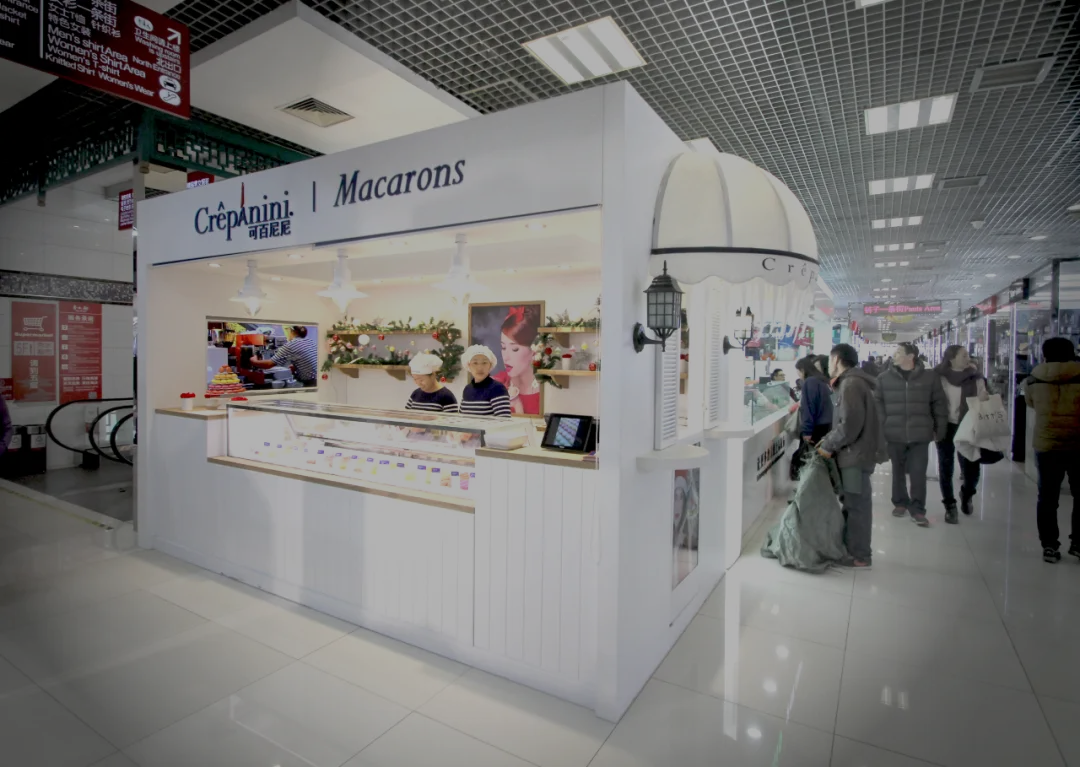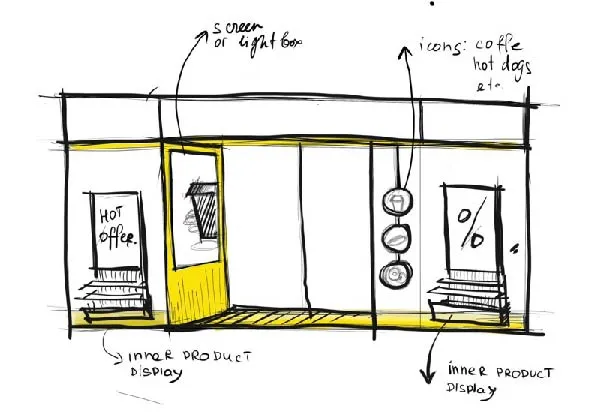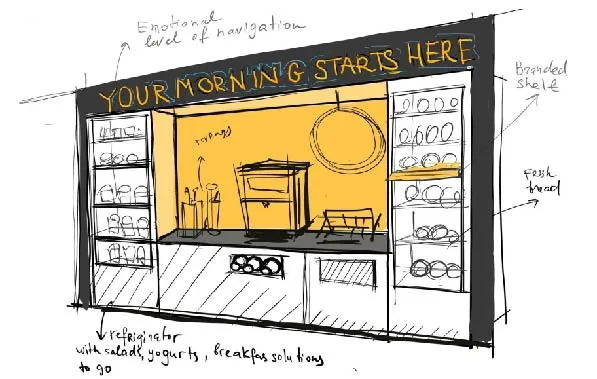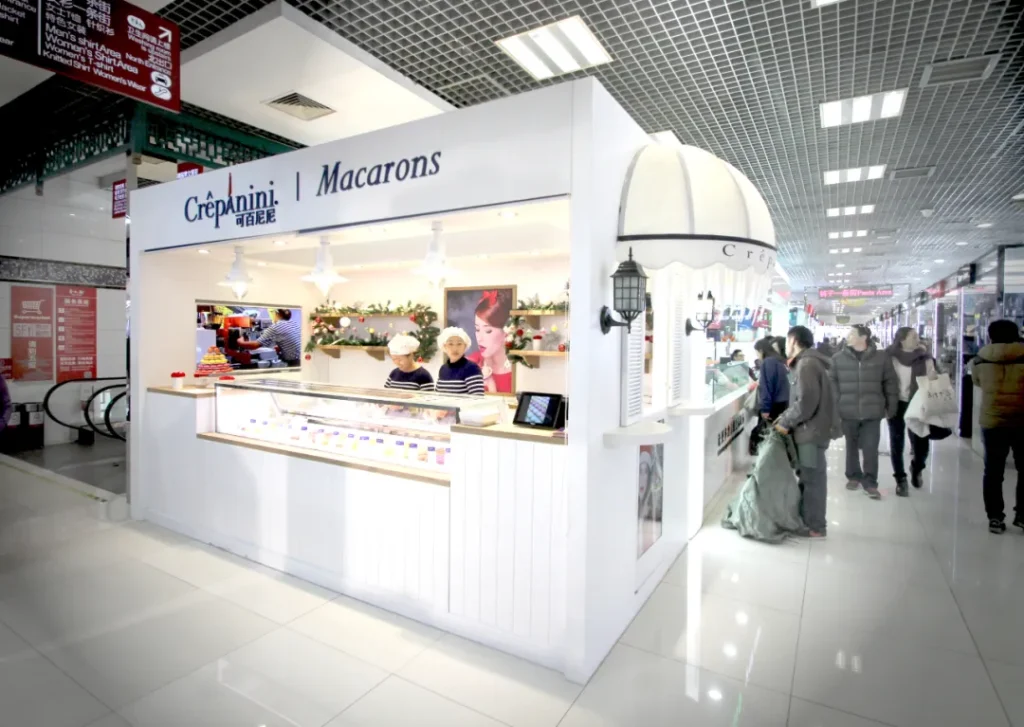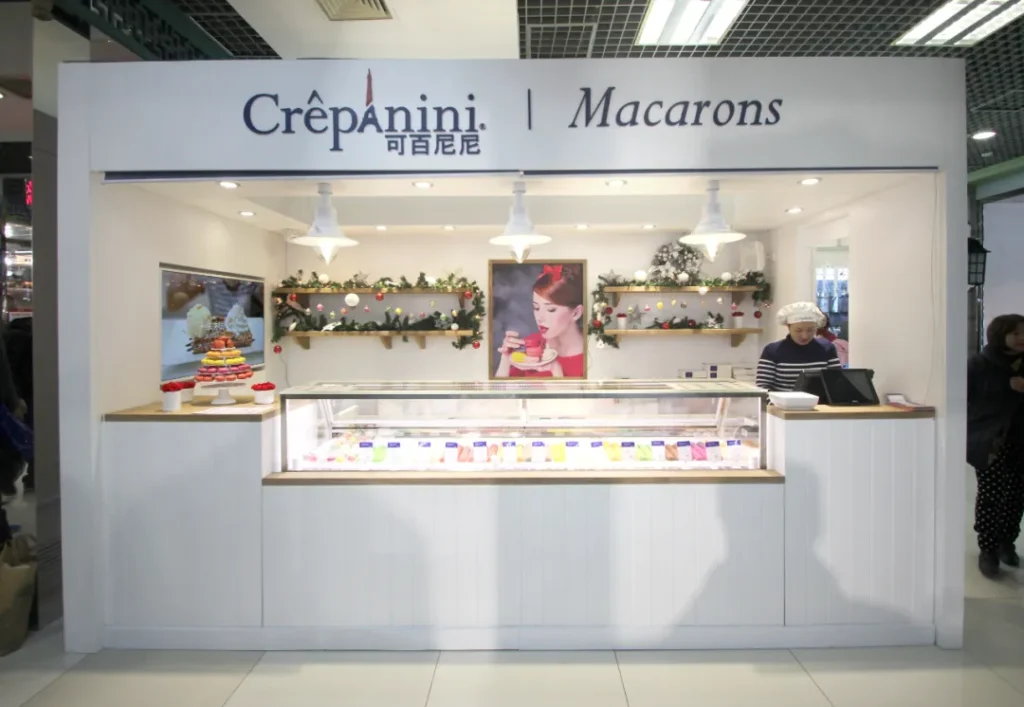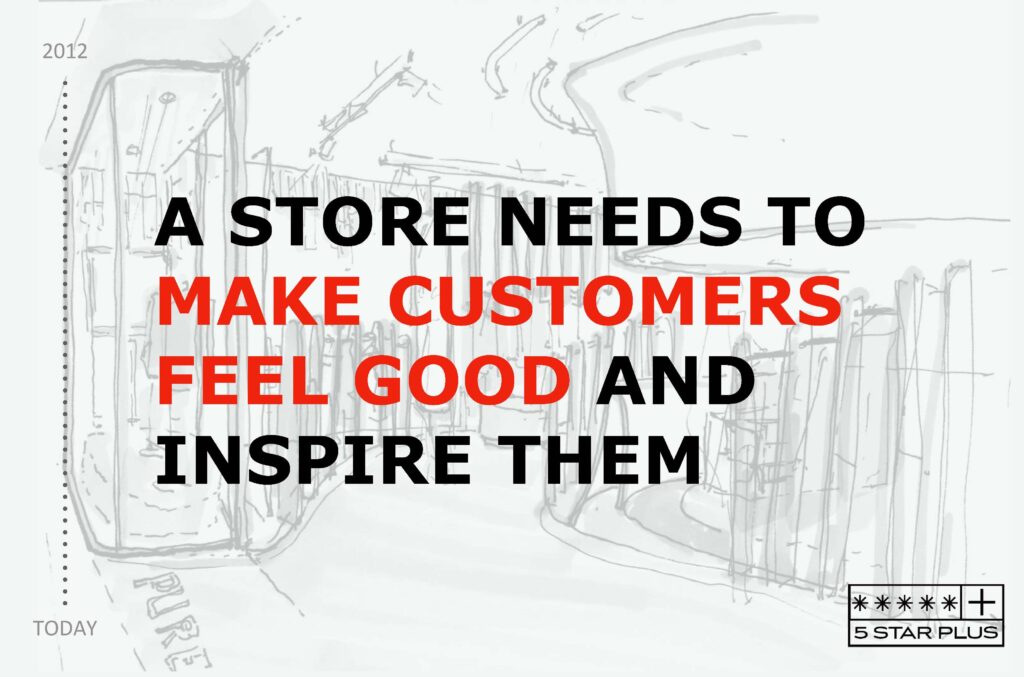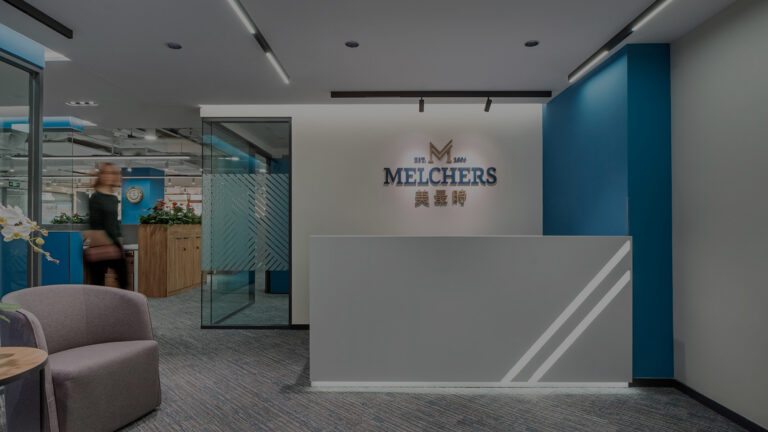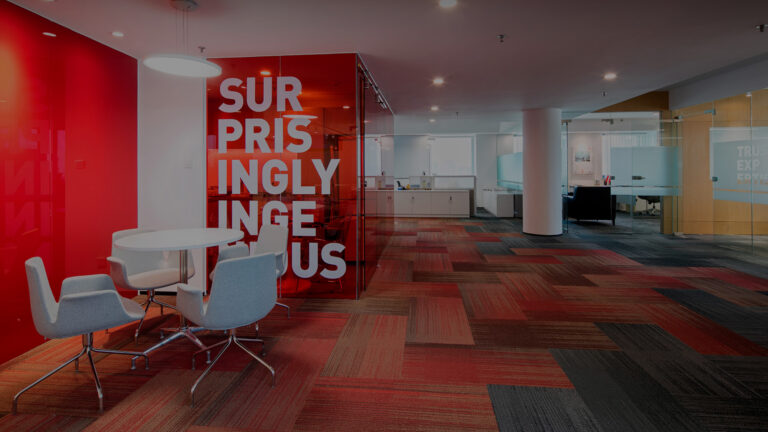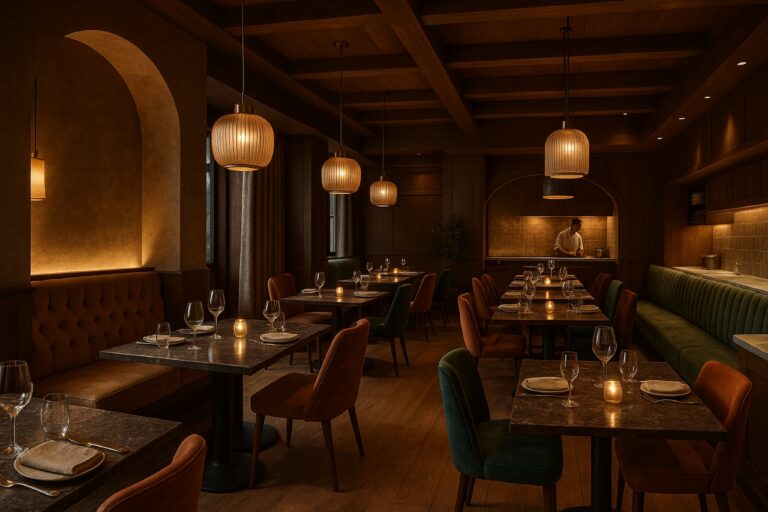In an era where urban density is on the rise and consumers are craving personalized experiences, small-format retail—sometimes called “micro-retail”—is emerging as a powerful trend. These diminutive spaces can deliver outsized impact when designed thoughtfully, from pop-up kiosks in city centers to compact storefronts in busy neighborhoods. This article explores how strategic design choices can transform smaller footprints into memorable retail experiences that drive sales.
1. Functionality Over Footage
When it comes to designing small retail spaces, functionality and efficiency take priority. Here are a few strategies to help each square foot pull its weight:
Modular Fixtures
Modular shelving, display racks, and furniture that can be folded, stacked, or rearranged are essential. This allows retailers to quickly change layouts for new collections, special events, or seasonal displays.
Strategic Zones
Even a small space can benefit from “zoning” to guide customers from entry to checkout. For example:
- A feature wall or focal display near the entrance to capture attention.
- A mini-showroom or interactive product area in the center for engagement.
- An efficient checkout or consultation corner tucked along a side or near the back.
Smart Storage
Storage often becomes the biggest challenge in tight footprints. Consider hidden storage options under display tables, within benches, or behind wall panels to keep the retail floor uncluttered
2. Visual Tricks to Enlarge Perception
Lorem ipsum dolor sit amet, consecteWhen designing micro-retail, perception is everything. Certain visual and architectural techniques can make a small space feel larger and more inviting:tur adipiscing elit. Ut elit tellus, luctus nec ullamcorper mattis, pulvinar dapibus leo.
Light & Color
- Bright, neutral color palettes (white, beige, soft pastels) can open up the environment visually.
- Incorporating vertical lighting, mirrored surfaces, or even glass partitions can help bounce light around, making the space feel airy.
Vertical Emphasis
In smaller footprints, vertical elements are your friend. Consider floor-to-ceiling shelves, hanging installations, or tall, narrow signage.
Drawing the eye upward creates a sense of spaciousness and can become a striking visual statement.
Seamless Flow
Avoid heavy dividers or bulky furniture that break up the space. Instead, use open shelving, translucent panels, or see-through displays to maintain a sense of continuity and flow.
3. Crafting an Engaging Brand Narrative
A micro-retail setting doesn’t mean you have to compromise on brand storytelling. In fact, smaller spaces can amplify your story by making it more immersive and personal:
Focused Storytelling Elements
- Highlight a single brand theme or hero product in your main display. This laser focus can create a powerful memory for customers.
- Integrate brand elements (colors, logos, slogans) in subtle yet consistent ways—through accent walls, signage, or product packaging displays.
Interactive Touchpoints
Let customers touch, test, and explore your products. Whether it’s an interactive digital screen or a simple, well-curated product sampling station, these hands-on experiences can leave a lasting impression.
Atmospheric Details
Use ambient soundscapes or subtle scents (e.g., freshly brewed coffee if you’re a café, or a signature fragrance for a fashion boutique) to enhance the shopper’s sensory experience.
4. Technology & Data in Small Spaces
Size isn’t a barrier to innovation. Technology can streamline operations and enhance the customer journey in a micro-retail format:
Smart Checkouts
- Compact spaces benefit from mobile POS systems or self-checkout kiosks that reduce checkout queues and free up valuable floor area.
- Digital receipts and contactless payments speed up transactions while offering a modern customer experience.
Real-Time Inventory Tracking
- In a small store, out-of-stocks are highly visible and can frustrate customers. Automated inventory monitoring ensures popular items are replenished quickly or flagged when running low.
- Pairing real-time inventory with online channels also facilitates click-and-collect services, letting customers reserve items before they visit.
Data-Driven Layout Adjustments
- Use foot traffic analytics (via in-store sensors or cameras) to gauge how customers move within the compact space.
- Continuously refine layout and product placement to maximize engagement and sales.
5. Case Example: Chic Pop-Up Kiosk
Imagine a chic pop-up kiosk in a bustling mall corridor or outdoor festival setting:
- Modular Display Counters that snap together to form product shelves or sampling stations, then fold flat for transport.
- Bold Graphics on a collapsible wall to convey brand personality while grabbing passersby’s attention.
- A small interactive corner with a tablet or AR mirror for virtual try-ons if it’s a fashion or beauty brand.
The pop-up’s flexibility and clear brand storytelling make it stand out among larger, more traditional storefronts, illustrating how micro-retail spaces can be both cost-effective and impactful.
The 5 Star Plus Retail Design Approach
We understand that size isn’t everything—it’s the experience you create. Our team is committed to optimizing compact environments, ensuring every inch of your retail footprint supports your brand’s story, enhances product visibility, and delights your customers.From conceptualization and layout planning to technology integration and brand-centric design, we help you transform micro-retail spaces into big brand statements that resonate with today’s urban consumer.
Reach out to our team at 5 Star Plus Retail Design to learn more about crafting impactful micro-retail experiences that enhance your brand presence.

